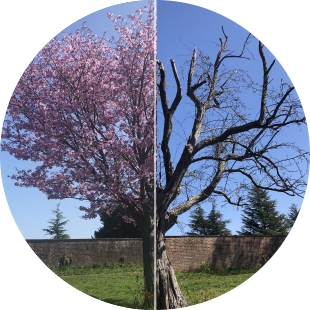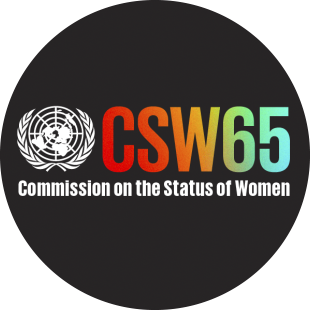Women’s voices are missing in the climate crisis story

“The Missing Perspectives of Women in COVID-19 News” report, which was published in 2020 in the midst of the pandemic, exposed concerning truths about the global scale of women’s reduced agency in generating pandemic-related news stories. This was a result of two main factors. Firstly, that women’s role in political decision-making was even more marginalised in relation to COVID-19 than it had previously been in national politics generally, which reduced women’s visibility in news. Secondly, that women’s voices as experts and protagonists were substantially under-represented in COVID-19 news stories, thus reducing their ability “to draw attention to the impact of the disease on women or to highlight their unique socio-economic, physical and mental health needs”.
“A frame’s potency lies not only in what it focuses on but also on what it chooses to leave out,” we concluded in the chapter on the framing of news. In this instance, what the COVID-19 news story frames often left out was women, and this in turn led to extraordinarily male-biased policy-making in countries the world over.
As we approach the COP-26 intergovernmental climate change conference in Glasgow in November this year, I find myself questioning how women-centric the news coverage of the climate change story has been recently. Are women’s perspectives reflected sufficiently in the news when it comes to the various aspects of the climate crisis and the possible solutions? The answer to this question will be a good predictor of how women-centric the political and policy decision-making is likely to be going forward. Reflecting women’s perspectives on the climate crisis story is of paramount importance not only because women make up half the population, but because they are significantly more likely to be adversely affected by the changing climate . “Studies by organisations like the United Nations, Oxfam and ActionAid have found that women and girls tend to be more vulnerable to adverse weather patterns, food insecurity and unpredictable living conditions” reports Women in News. According to UN statistics, women constitute 7 in 10 of the world’s poorest, who are most at the mercy of the climate crisis.
Richard Addy and the AKAS team will be exploring the representation and portrayal of women in the climate change story in the news over the next few weeks and months. But according to a pronoun analysis of the GDELT global online news database already undertaken by AKAS, between 2017 and now, women have held just 28% of the share of voice in news articles about climate change. In fact, women’s share of voice peaked at 31% in 2019, but has been creeping down ever since.
Figure: Percentage of articles mentioning “climate change” which contain the phrase “she said” in the GDELT global online news database (Global, Annual, GDELT 2017 to 2021 YTD)

Yet again, we are seeing women’s visibility hit an invisible ceiling at under a third of all the voices out there. The work of journalism, society and individuals who care passionately about equity is to breach this invisible ceiling, particularly when reporting on the biggest story of our lifetimes and when so much is at stake.
If you would like to follow up on the topics discussed in this article, please contact Luba Kassova or Richard Addy on contact@akas.london







